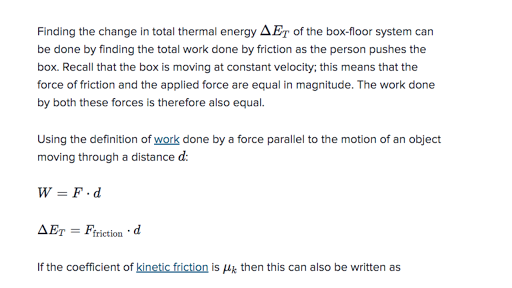Thermal Noise Floor Formula

It is measured in noise power units of dbm or watt or noise voltage.
Thermal noise floor formula. The noise resulting from thermal agitation of electrons is referred as thermal noise. In practice m is usually chosen to be greater than unity. In addition to this there is an online calculator to provide additional assistance. Any noise source that is more intense than thermal noise floor will sit above the thermal noise floor and can be easily seen in a spectrum analyzer measurement.
Just enter the value and click calculate. Thermal noise power and voltage equation. Everything rf has the largest selection of online calculators for the rf and microwave industry. Radio receiver noise floor.
Following equation or formula is used for thermal noise power and voltage calculator. Basic thermal noise calculation and equations. Thermal noise is effectively white noise and extends over a very wide spectrum. This is an online calculator that calculates thermal noise power based on temperature and bandwidth.
The equation given above assumes that thermal noise has a uniform distribution of power through the bandwidth δf. While noise can emanate from many sources when looking purely at the receiver the noise is dependent upon a number of elements. This temperature is close to. The first is the minimum equivalent input noise for the receiver.
Thermal noise spectrum is gaussian in shape. Voltage fluctuations are. Equation 1 2 shows the dependence on noise at the input ni. In case two impedances z 1 and z 2 with resistive components r 1 and r 2 are in series at the same temperature the square of the resulting root mean square voltage is the sum of the squares of the root mean square noise voltages.
A minimum detectable signal is a signal at the input of a system whose power allows it to be detected over the background electronic noise of the detector system. In signal theory the noise floor is the measure of the signal created from the sum of all the noise sources and unwanted signals within a measurement system where noise is defined as any signal other than the one being monitored. Friis 8 suggested a refer ence source temperature of 290k denoted by to which is equivalent to 16 8 c and 62 3 f. The input noise level is usually thermal noise from the source and is referred to by ktob.
It can alternately be defined as a signal that produces a signal to noise ratio of a given value m at the output. Johnson nyquist noise thermal noise johnson noise or nyquist noise is the electronic noise generated by the thermal agitation of the charge carriers usually the electrons inside an electrical conductor at equilibrium which happens regardless of any applied voltage thermal noise is present in all electrical circuits and in sensitive electronic equipment such as radio receivers can. This can be calculated from the following formula. If you look at the formula for the thermal noise bandwidth you ll find that thermal noise fluctuations are proportional to the square root of temperature.

















